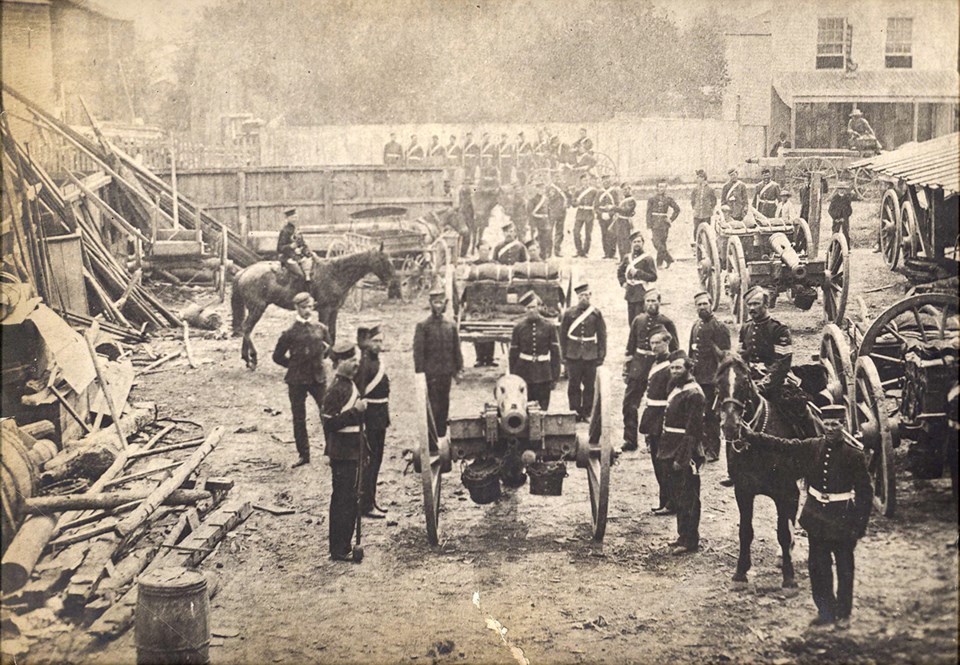Gary Shrumm & Randy Evans
Sarnians have never live through anything quite like the current COVID-19 crisis and the extraordinary changes it has brought.
But this isn’t the first time infectious disease has seriously impacted the community.
Early Sarnia was a veritable petri dish for the development of microbes. Open and unsanitary drainage ditches, rubbish on the street, and filth deposited by roaming livestock all contributed to the illnesses immigrants brought or caught on incubating ships.
The village had no hospital and few doctors. You were born, lived, got sick, and died at home. Modern medicine was nowhere to be found.
Wyoming native John Osborne, looking back on the use of medicinals in 1850’s Sarnia, noted:
“… the most convenient and most popular remedy was a liberal swallow of old rye and few farmers left Port Sarnia without a jar in the bottom of the sleigh.”
So it’s not surprising the 1861 census lists cholera, typhoid, whooping cough and fever [flu] among the causes of death.
The Observer reported a diphtheria outbreak on Oct. 16, 1863, and just 21 days later described it in terms of an epidemic.
Three years later, Port Sarnia residents had to contend with an outbreak of cholera. After that, militia members in town defending it during the Fenian Raids came down with smallpox.
The same year Sarnia resident John Gilson died of typhoid — 1867 — the town began laying sewers to replace open drainage ditches. In 1875, a civic waterworks was put into place.
And yet, despite all these efforts, a serious fever epidemic broke out in Sarnia four years later.
A Board of Health was established in 1884, and two years later town council finally banned cows from wandering the streets.
But even that measure couldn’t prevent another smallpox scare when the virus that causes it returned in November of 1888.
For a few decades after that all was mercifully quiet on the infectious diseases front. But in 1918 everything changed when the deadly Spanish influence swept across the world.
Arriving on the heels of the First World War, the Spanish flu pandemic killed an estimated 50 million people, more than two times the carnage inflicted by the war itself. The weakened populations of Europe, already malnourished by conflict and blockades, died in droves. In Canada, about 55,000 souls succumbed.
In what today sounds like a familiar response, Sarnia’s Board of Health closed churches, theatres, schools, the library and other public meeting places.
Local drug stores were overwhelmed by demand and their medicine stocks depleted. Getting fresh supplies was a problem because most came from Toronto, which was using them up before they could be shipped out.
One exception was whisky and other alcoholic spirits, which were sold at drug stores. Merchants were quick to report their libations had been replenished.
Randy Evans and Gary Shrumm are Sarnia residents and regular contributors to The Journal
